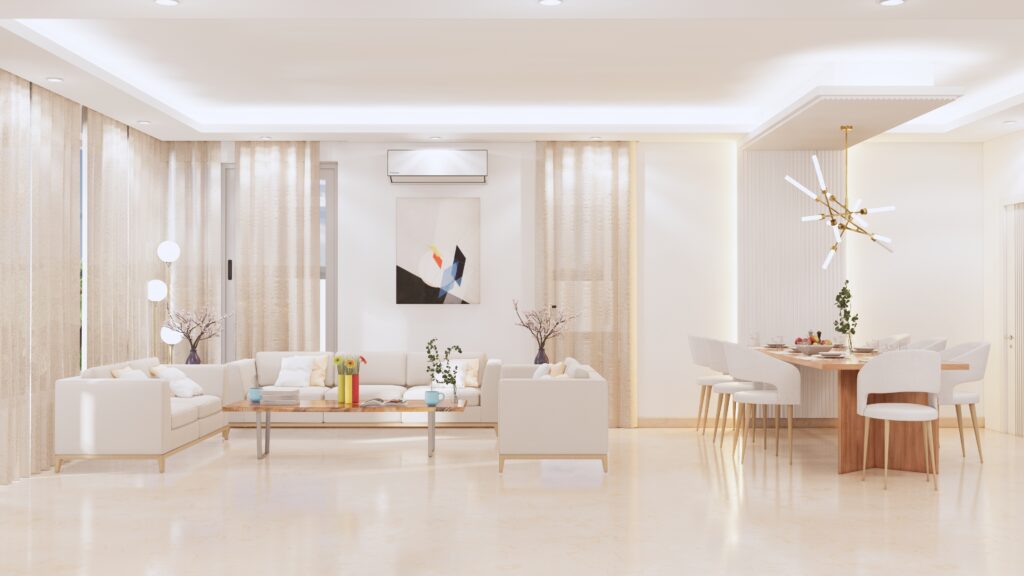
Exploring the Beauty and Functionality of Minimalistic Design
Collect full set of guidelines to design your home – for free
What is minimalistic style and how it’s used in interior designing?
The minimalist design emerged in the late 1950s as a reaction against the excessive ornamentation and complexity of the preceding design styles. It originated in various art forms and gradually expanded into architecture, interior design, and other disciplines.
Minimalistic design is a design approach characterized by simplicity, clarity, and the removal of unnecessary elements. It focuses on reducing a design to its essential elements, stripping away any excessive decoration or ornamentation. The goal is to achieve a clean, uncluttered aesthetic while emphasizing functionality and purpose. Throughout its history, minimalist design has maintained its core principles of simplicity, clarity, functionality, and the elimination of unnecessary elements. It has become a timeless and influential design approach that continues to inspire and shape various creative fields.
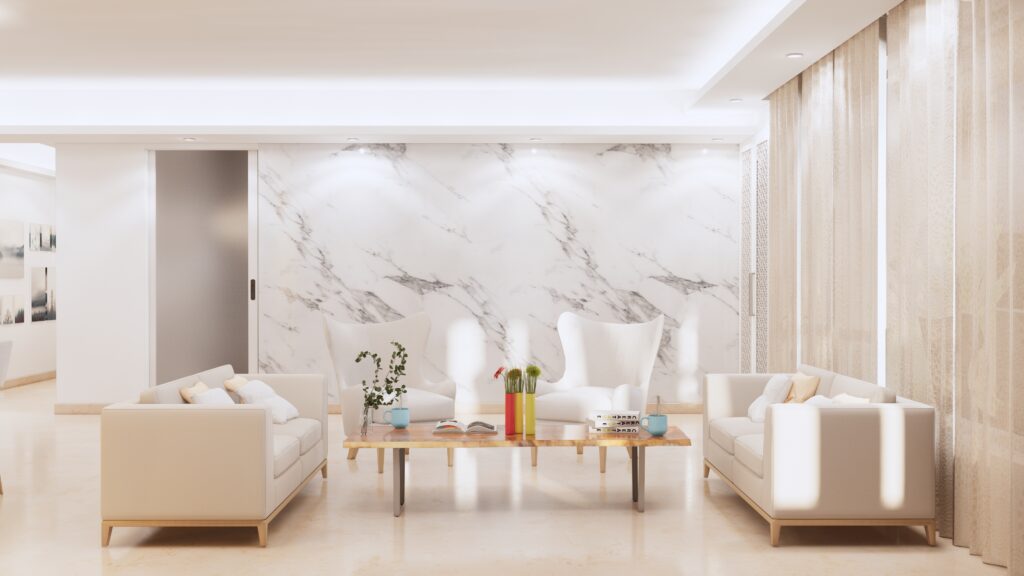
Key features of the minimalistic design :
- Simplicity: Minimalistic design employs a minimal number of elements, keeping only what is necessary for the design’s intended purpose. Unnecessary details, embellishments, and distractions are eliminated.
- Clean lines and shapes: Minimalistic designs often utilize clean, straight lines and simple geometric shapes. This contributes to a sense of order and simplicity.
- Limited color palette: Minimalistic designs often employ a limited color palette, with neutral colors like white, black, gray, and earth tones being commonly used. This helps to maintain a sense of calm and reduces visual clutter.
- Generous use of white space: White space, also known as negative space, refers to the empty areas around and between design elements. Minimalistic designs embrace white space, allowing the design elements to breathe and stand out.
- Typography: Minimalistic designs typically use clean and legible typography. Sans-serif fonts are commonly preferred for their simplicity and clarity.
- Functionality: Minimalistic design emphasizes the functionality and purpose of the design. It prioritizes usability and intuitive user experiences by eliminating unnecessary features or elements that may confuse or distract users.
- Attention to detail: Despite its simplicity, minimalistic design requires careful attention to detail. Every element and its placement are thoughtfully considered to achieve a harmonious and balanced composition.
Minimalistic design finds application in various fields such as architecture, graphic design, web design, interior design, fashion, and product design. Its aesthetic is often associated with a sense of elegance, sophistication, and modernity.
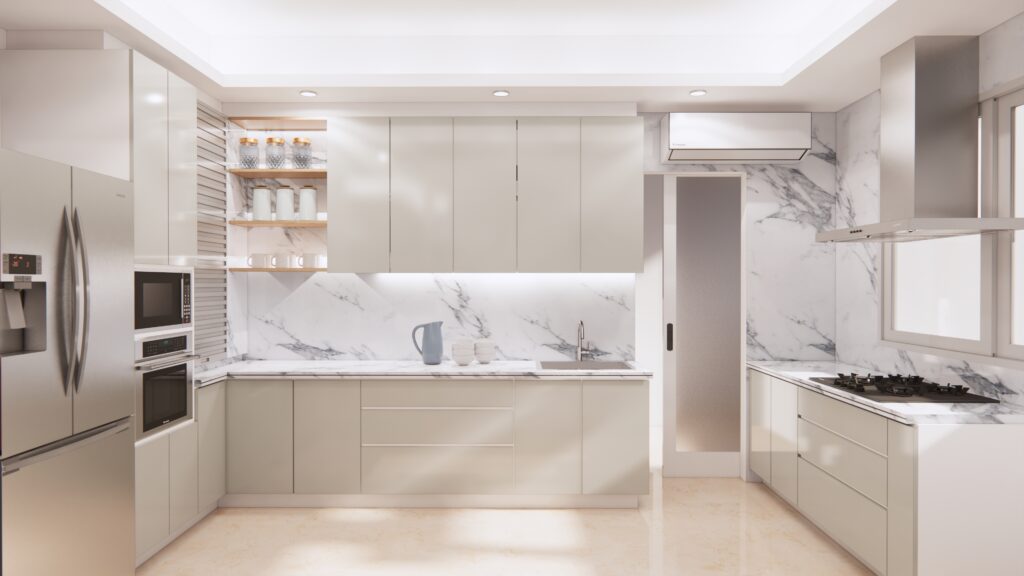
Benefits of minimalistic design for homeowners
Minimalistic design offers several benefits for homeowners. Here are some key advantages:
- Clutter-free and Calming Environment: Minimalistic design promotes a clutter-free living space by eliminating unnecessary objects and excessive decoration. This creates a clean and organized environment that can contribute to a sense of calm and relaxation.
- Easy Maintenance: With fewer items and decorative elements, minimalistic interiors are generally easier to clean and maintain. There are fewer surfaces to dust or clutter to rearrange, making it more efficient to keep the space tidy.
- Enhanced Functionality: Minimalistic design emphasizes the functionality of a space. By eliminating unnecessary items and focusing on the essential elements, homeowners can optimize the functionality of their living areas. Each item serves a purpose and contributes to the overall usability of the space.
- Visual Appeal: The simplicity and clean lines of minimalistic design can create a visually appealing atmosphere. A well-designed minimalistic space often exudes elegance, sophistication, and a sense of modernity. It allows architectural features and carefully selected furnishings to stand out and make a statement.
- Emphasis on Quality: Minimalistic design encourages homeowners to invest in high-quality and durable furnishings and materials. With fewer objects, each item has a chance to shine and be appreciated for its craftsmanship and design. This approach promotes a focus on quality rather than quantity.
- Flexibility and Timelessness: Minimalistic design tends to be timeless and versatile. The minimalist aesthetic can easily adapt to different design preferences and trends. This flexibility allows homeowners to update their space without the need for significant renovations or changes in the overall design.
- Improved Mental Well-being: A clutter-free and organized living space can have a positive impact on mental well-being. Minimalistic design promotes a sense of order, reduces visual distractions, and creates a peaceful environment. This can contribute to reduced stress levels and improved overall well-being.
- Focus on Personal Belongings: Minimalistic design often encourages homeowners to focus on and appreciate their personal belongings that truly matter to them. By curating a smaller collection of meaningful and cherished items, homeowners can surround themselves with objects that have sentimental value and reflect their personal taste.
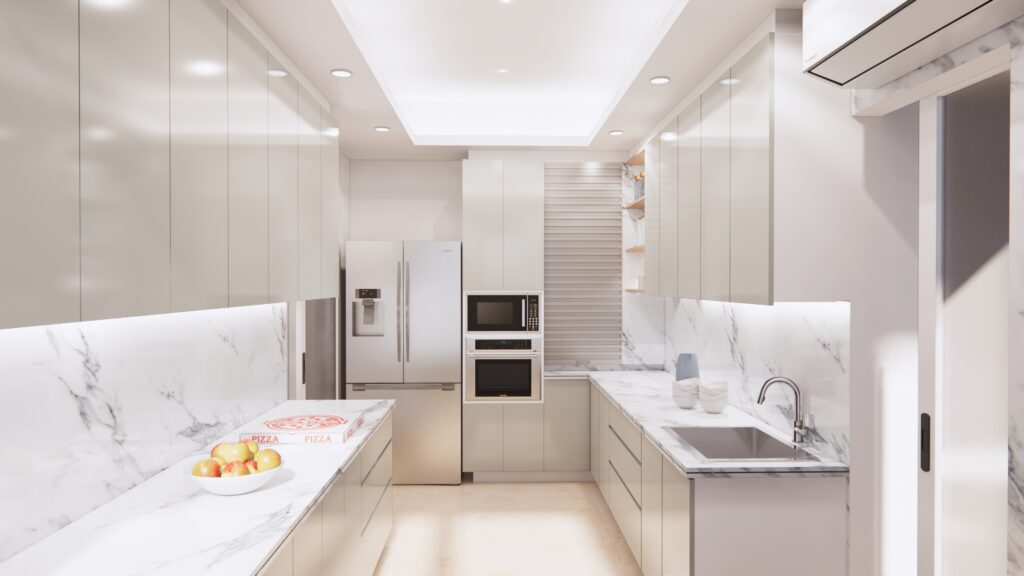
Learn how we at ‘Prayogshala Manifesto‘ use Minimalistic Design styles –
Collect full set of guidelines to design your home – for free
In minimalistic design, less is more. Unnecessary details, decorations, and embellishments are removed to achieve a streamlined and focused design. The emphasis is on the core purpose and function of the design, whether it’s a website, a piece of furniture, or a graphic composition.
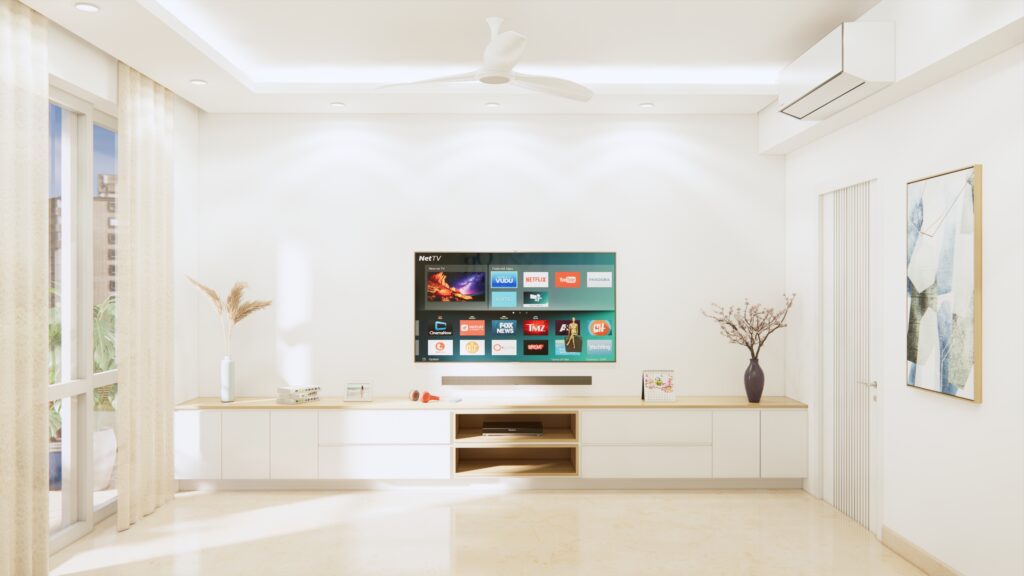
We at Prayogshala Manifesto begin by conducting thorough consultations with clients to understand their lifestyles, preferences, and specific requirements. This helps designers gauge whether minimalistic design aligns with the client’s vision and goals for their home.
Many homeowners may not be familiar with minimalistic design principles or its potential benefits. Prayogshala Manifesto can educate clients about minimalism, explaining its key concepts, aesthetic characteristics, and how it can enhance their living spaces. We consider factors such as room layouts, natural light, architectural features, and existing furniture to create a functional and harmonious design. Minimalistic design relies on carefully selecting essential elements that contribute to the overall design while eliminating unnecessary clutter. We assist clients in curating a collection of furniture, decor, and accessories that align with the minimalistic aesthetic and fulfill the client’s functional needs.
Collect full set of guidelines to design your home – for free
Need help?
We have simplified the understanding and use of minimalistic design in interior spaces which can be used for simple jobs.
See how Prayogshala Manifesto can help you with minimalistic design in designing complex spaces with a large number of elements like residential apartments, villas, newly bought residences, residential flats, and other complex interior spaces.